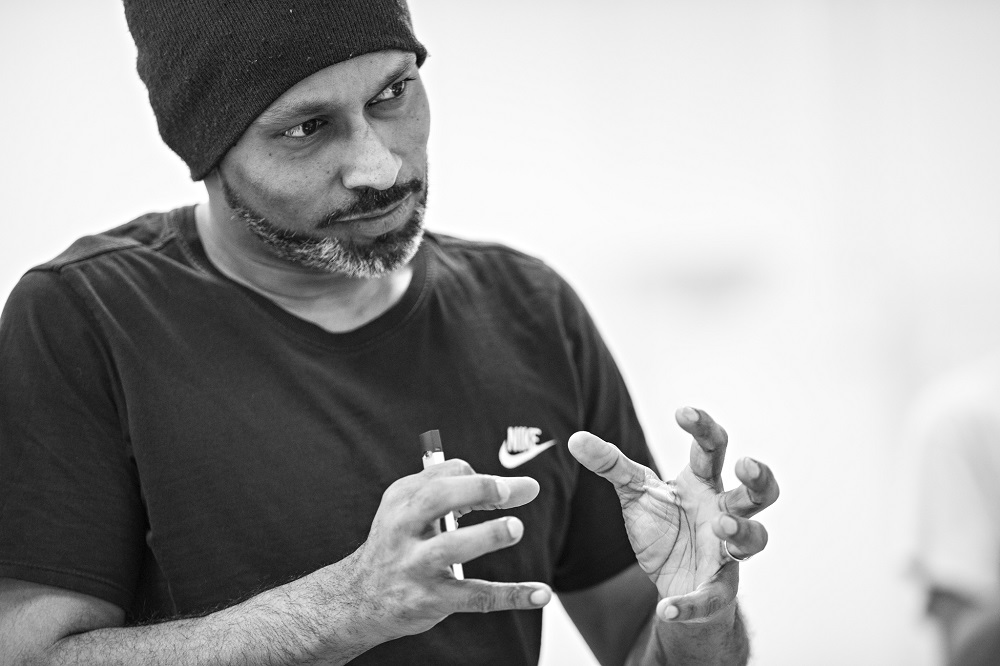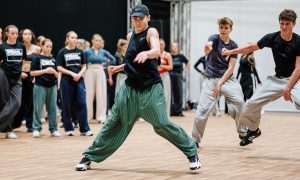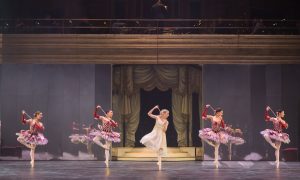Think about the last piece of choreography that wowed you. What was unique about the choreography that made it stand out amongst other pieces you’ve seen before that time?
Coming up with choreography alone can be a challenging task. Creating something unique and memorable is a whole additional challenge.
Throughout the past 22 years, Akram Khan has created a body of work that has contributed significantly to the arts in the UK and abroad. His reputation has been built on the success of imaginative, highly accessible and relevant productions such as Jungle Book Reimagined, Outwitting the Devil, XENOS, Until the Lions, Kaash, iTMOi (in the mind of igor), DESH, Vertical Road, Gnosis and zero degrees. As an instinctive and natural collaborator, Khan’s choreography is the embodiment of shared exploration across multiple disciplines and cultures.
Dance Informa connected with Khan to learn more about his choreographic process and provide tips to young choreographers.
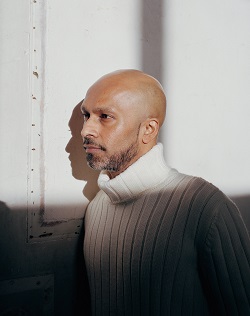
What is your typical process to choreograph a piece?
“There are three stages, and all three stages are dependent on time. The first thing I ask for is time; time that they usually can’t give me or time that is expensive because time is money. The first stage is hunter gatherer – we gather information. I plant a seed and then all of the collaborators come together as a team. Second stage is playing with those ideas but without committing to them. It’s a play of the absurd, I call it. The more absurd it is, the more fantastical it is, the better. The third stage is the actual production, the creation.”
How do you help yourself grow as a choreographer so you don’t recycle the same choreography in your work?
“There are many times that I recycle material, but within that recycled phrase or sequence, there’s something new in it, so I’m not afraid of recycling stuff. What’s new in it is the fact that I start asking a particular question to that phrase that I wouldn’t have asked before, so the answer is then going to be slightly different. Every routine or phrase that I make, I feel is an invitation for disruption.”
For someone who is really trying to make a name for themselves as a choreographer, how do you encourage them to find their own unique style?
“Someone who is trying to make a name for themselves is problematic. Search what you deeply want to search and have a conviction. The moment you become strategic on making a name for yourself, I feel you would have failed even if you had made a name.”
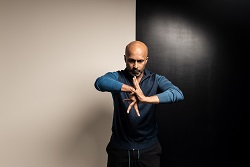
What in your opinion gives a piece of choreography that ‘wow factor’ that makes it memorable?
“The moment when I can’t put it into words what I am experiencing. If I can put it into words, it’s not going to be memorable. When I can’t put it into words, it becomes experiential.”
Can you give an example of a piece of choreography that remains on your heart/mind to this day? Why did it leave that impression?
“There are two of them: Le Sacre du Printemps and Café Müller by Pina Bausch. At the time when I saw it and many years later, I still can’t put it into words. I couldn’t understand it, but I could feel it.”
For more information on Akram Khan and the Akram Khan Company, visit www.akramkhancompany.net.
By Lauren Kirchmyer of Dance Informa.


